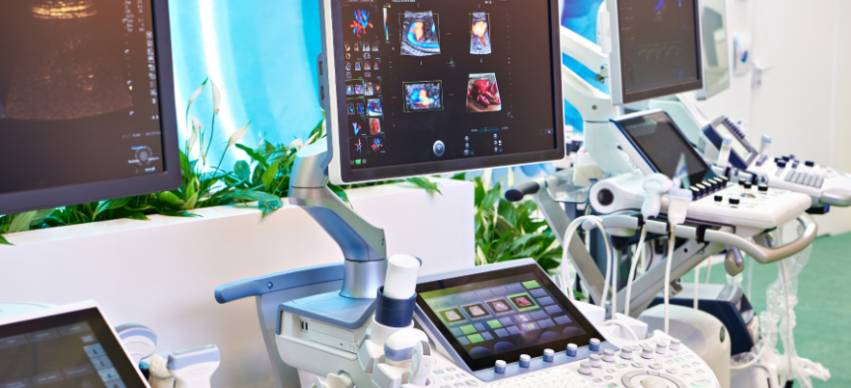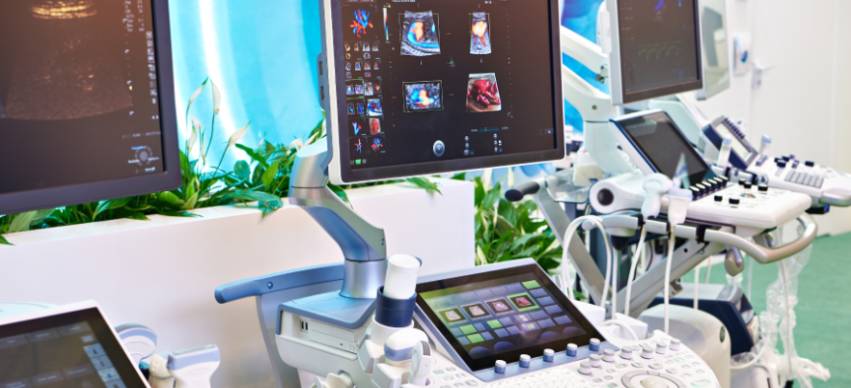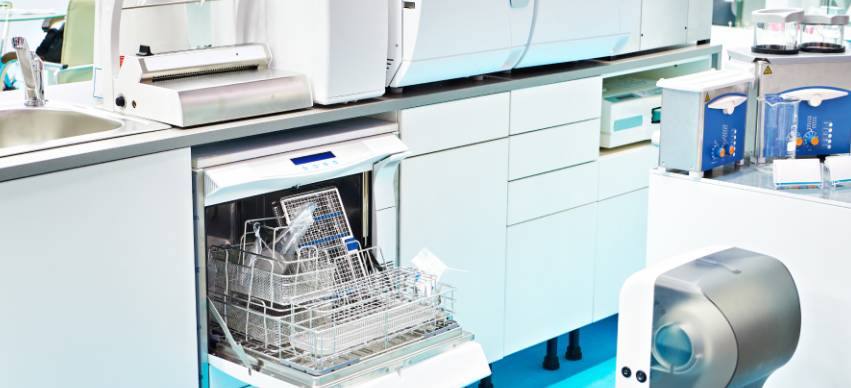Evolution of Prescription Refills: From In-Person to Online ..
6 Min Read


A fully-equipped and adequately-staffed hospital is on every patient's wish list. But for several reasons, medical facilities aren't created equal. Some provide more and better services than others, depending on the available resources and the facility’s category.
As of 2019, there were 6,093 hospitals in the country covering 919,500 hospital beds. That’s a lot of hospitals to furnish with the right kind of equipment.
As health is a primary need, medical facilities are responsible for providing the best services possible. This holds whether they're a primary or tertiary care institution. Below, you'll find the essential types of hospital equipment every facility must have.
1. Outpatient Medical Equipment
Besides acquiring state-of-the-art medical devices, hospitals must manage their resources effectively by partnering with reputable companies. Online medical equipment suppliers like CIA Medical enable hospital administrators to better manage their facility's supply chain, reducing the risks of compromising patient care.
Outpatients must receive excellent care, and hospitals must have consultation rooms for patients with different concerns. At the minimum, an examination table, pieces of furniture, a blood pressure monitor, and other basic primary care tools must be readily available.
2. Basic Medical Tools
When a patient requires admission, hospitals must provide necessary medical supplies like beds, cotton, gauze pads, towels, and many others. Durable medical tools refer to hospital items that provide comfort to patients. These supplies can often withstand repeated use and may include hospital beds, carts, tables, wheelchairs, and cabinets.
With your doctor's recommendation, some medical tools can be kept and used at home, such as nebulizers, pulse oximeters, and blood pressure monitors, to name a few.
3. Diagnostic Equipment
For a more accurate diagnosis, doctors often rely on laboratory and diagnostic procedures to confirm or rule out their suspicions. To have everything done under one roof, hospitals must obtain the tools needed to accommodate these requests.
Diagnostic imaging procedures require different equipment based on the body parts involved. For instance, an electrocardiogram is recommended for monitoring heart functions and abnormalities. Ultrasound procedures, often tied to pregnancies, can be used to evaluate the liver, heart, kidneys, bladder, and blood vessels. Additionally, magnetic resonance imaging (MRI) scans different body sections.
4. Laboratory Equipment
Hospitals offering laboratory services need different medical tools for analyzing blood, urine, deoxyribonucleic acid or DNA, and other samples. These devices must provide reliable results to help physicians arrive at an accurate diagnosis.
Besides hematology, chemistry, and coagulation analyzers, hospitals must keep microscopes and medical freezers or refrigerators to store and preserve different biological specimens.
5. Treatment Tools
A medical treatment device is a tool used in addressing a specific health condition. This equipment aims to restore normal body function or remove abnormal tissue growth. Hospitals may procure different types of machines depending on the services they provide.
Infusion pumps are one of the most common hospital supplies. Laser machines are also treatment tools as they remove abnormal tissue growth.
6. Surgical And Operating Room Equipment
Surgery is a medical procedure involving cutting the body up to remove, repair, or replace a certain part. Besides the surgeon, a surgical team comprises other medical professionals who need various hospital supplies and equipment. For instance, surgeons need diagnostic scopes, while anesthesiologists need anesthesia machines and screens.
More importantly, any operation requires electrosurgical units to limit blood loss and increase visibility, on top of surgical lights and high-definition cameras.
7. Patient Care and Monitoring Devices
Hospitals must keep patients safe and comfortable before, during, and after a procedure. The staff must keep track of an individual's vital signs and overall health condition in these different stages.
Patient monitoring devices are medical tools that enable nurses, doctors, and other healthcare professionals to keep track of a patient's temperature, blood pressure, oxygen levels, and other functions. This task allows them to determine an individual's status, giving more attention to those in critical condition.

8. Life Support Equipment
Some patients, especially those needing critical care, need life support devices to keep the body alive until it can normally function again. Depending on the need, hospitals should keep ventilators, cardiopulmonary bypass machines, automated external defibrillators (AED), dialysis units, and incubators for neonatal use. Life-critical devices are often positioned in intensive care units; however, AEDs must be kept accessible.
9. Sterilizing Equipment
Researchers estimate that up to 98,000 patients die yearly from healthcare-linked infections. While several factors may cause these, unsterilized medical items and lack of proper hygiene, such as neglecting to wash hands, contribute to the risks. Hospitals need to take stringent measures to stop disease-carrying microorganisms in their tracks. No hospital should operate without an autoclave, clean storage devices, disinfectants, and sanitizers.
10. Protective Equipment And Supplies
Besides keeping its premises and equipment constantly clean and disinfected, medical facilities must help prevent the spread of infections using personal protective equipment (PPE). These may come in a suit, goggles, gloves, face masks, and shields.
These protective equipment sets have been mandatory for health workers even before the pandemic, as they help prevent workers from getting infected while handling patients or performing different medical procedures.
Wrapping up
Hospitals must cope with the rising healthcare needs of the population they serve. Besides keeping a healthy and happy staff, medical facilities must ensure accurate diagnostic and treatment services with the help of general and specialized tools.
With the abovementioned equipment and supplies, hospitals can optimize resources and accommodate more patients without compromising the quality of care they provide.